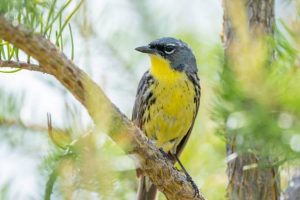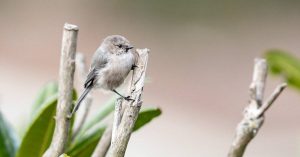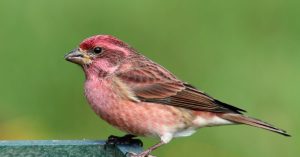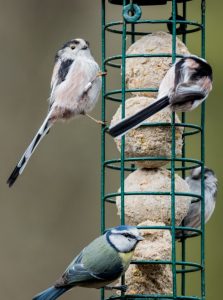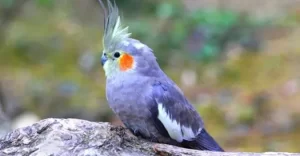Summary
Corella birds are small white cockatoos from the Australasian region, most within the Australian borders. They inhabit many environments but prefer grassy woodlands, pastures, and crop fields with an abundance of food. These birds are known for being loud, intelligent, and incredibly social. You will often find them in large colonies, whether foraging, roosting, or nesting. Discover all the fascinating facts about the corella group, including where to find them, how they behave, and what they eat.
5 Amazing Corella Facts
- Corella birds are noisy, especially during the early morning or late evening.
- They inhabit various habitats, from grasslands, crop fields, parks, and deserts.
- All corella species have pale bills, yellow-tinged underwings, and a small amount of red on their faces.
- These birds have very long lifespans. Some live up to 80 years old!
- Many species have declining populations, primarily due to habitat loss and illegal trapping.
Where to Find the Corella
Corella birds live on the Australian continent and seven other countries, including Indonesia, Puerto Rico, Singapore, Taiwan, China, Papua New Guinea, and the Solomon Islands. Most species live in grasslands, woodlands, pastures, crop fields, and urban parks. Some, like the little corella, inhabit arid deserts in Central Australia and coastal plains on the continent’s eastern side. These birds are unmistakable. Look for large flocks foraging in fields or roosting in trees; listen to them loudly chatting away early in the morning with their colonies.
Corella Nest

The corella nest is a tree hollow, which they line with wood shavings. They live in large colonies, and multiple corella pairs will nest and roost in the same tree. They may also nest in cliff crevices or termite mounds.
Scientific Name
The corella (Licmetus) is from the parrot order, which encompasses 398 species in tropical and subtropical regions. Their Cacatuidae family makes up the cockatoos, mainly from the Australasian distribution. The genus, Cacatua, comprises the white cockatoos.
There are six corella species:
- Long-billed corella
- Western corella
- Little corella
- Red-vented cockatoo
- Tanimbar corella
- Solomons cockatoo
Size, Appearance, & Behavior

The corellas are relatively small cockatoos. None are conspicuously colored. All species have pale bills; most have yellow-tinged underwings and some red on their faces. Corellas measure between 14 and 19 inches long and weigh 0.13 to 0.22 ounces, with a 35-inch wingspan. These species are part of the white cockatoos, and most of them are white or cream-colored with red or orange around the eyes. The corella group is exceptionally social, often congregating in flocks of up to several thousand. They forage together and appoint lookouts to give warning calls when predators are nearby. These white cockatoos are noisy, intelligent, and destructive birds who like to gnaw on trees and leave their droppings everywhere. They are also strong fliers, can travel long distances, and fly over 40 Mph.
Migration Pattern and Timing
The corella is nonmigratory, meaning they are residents in their environments year-round. However, they are highly nomadic and like to move in large flocks, searching for food.
Diet

The corella is an omnivore who forages in large flocks.
What Does the Corella Eat?
Corellas eat seeds of grass and bulbs, fruit, grains, and small insects. They forage in large flocks, often in cultivated areas, and can be seen as pests. They may look for food on the ground or in trees, where they like to chew bark.
Predators, Threats, and Conservation Status
The IUCN lists five out of six corella species as LC or “least concern.” Due to their extensive range and relatively large population, they do not meet the threshold for “threatened” status. The tanimbar corella is NT or “near threatened.” While they have a relatively large population, this species has a tiny range and suffers from habitat degradation, trapping, and persecution.
What Eats the Corella?
The corella’s natural predators include birds of prey like hawks, eagles, falcons, and owls. Bats, snakes, and big cats also prey on these birds and their nest. Most cockatoos appoint “sentinels” who sit close to the feeding site and watch for predators. When they make an alarm call, the entire flock takes flight, squawks, and screams.
Reproduction, Young, and Molting
Most corellas mate for life and begin breeding during the rainy season from August to October. Both parents take turns incubating and caring for their young. Females lay two to four eggs and incubate them for 24 to 26 days. The chicks are entirely helpless and rely heavily on their parents for care. They fledge the nest around 55 days after hatching and are typically independent three months after hatching. They reach sexual maturity between three and seven years old. Corella can live up to 80 years!
Population
The total global population of the corella is unknown, but two species appear to have decreasing numbers, while four have increasing or stable numbers. The tanimbar corella has an estimated population of 100,000 to 500,000 mature individuals. However, they are declining at a moderate rate due to habitat loss, trapping, and predation. Solomons corella has an unknown population size, but their numbers are also declining due to habitat loss.
